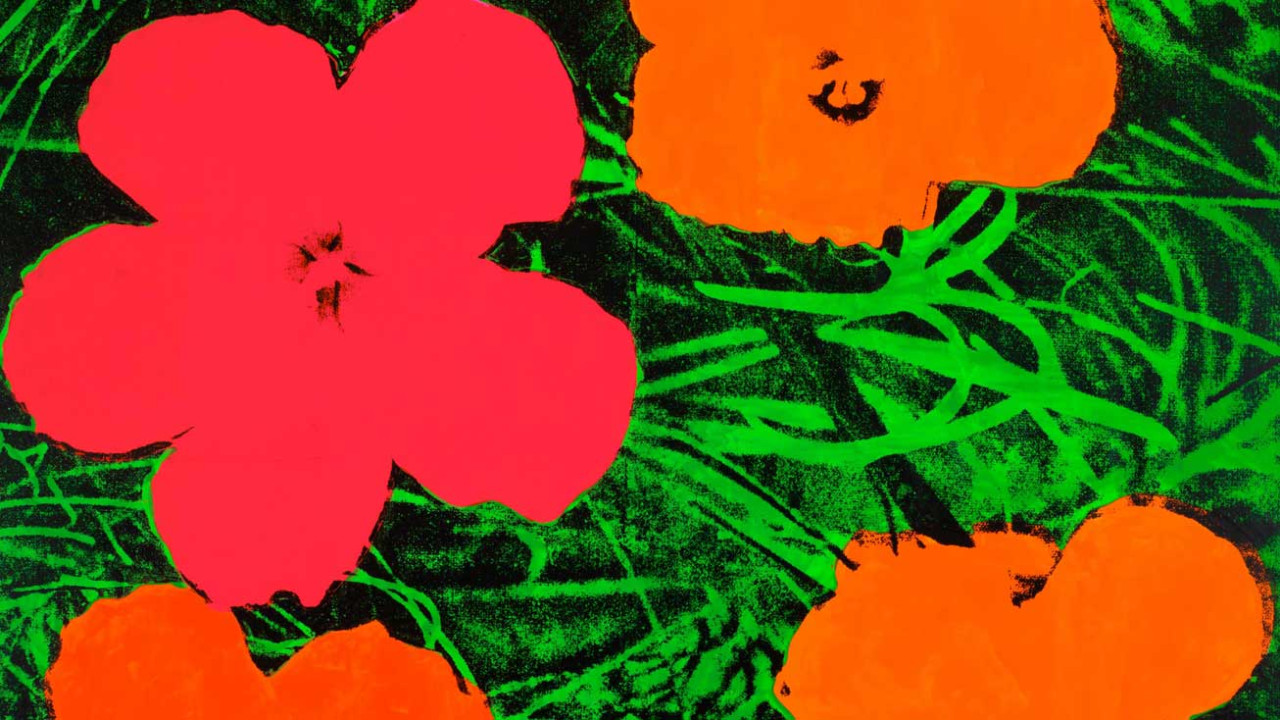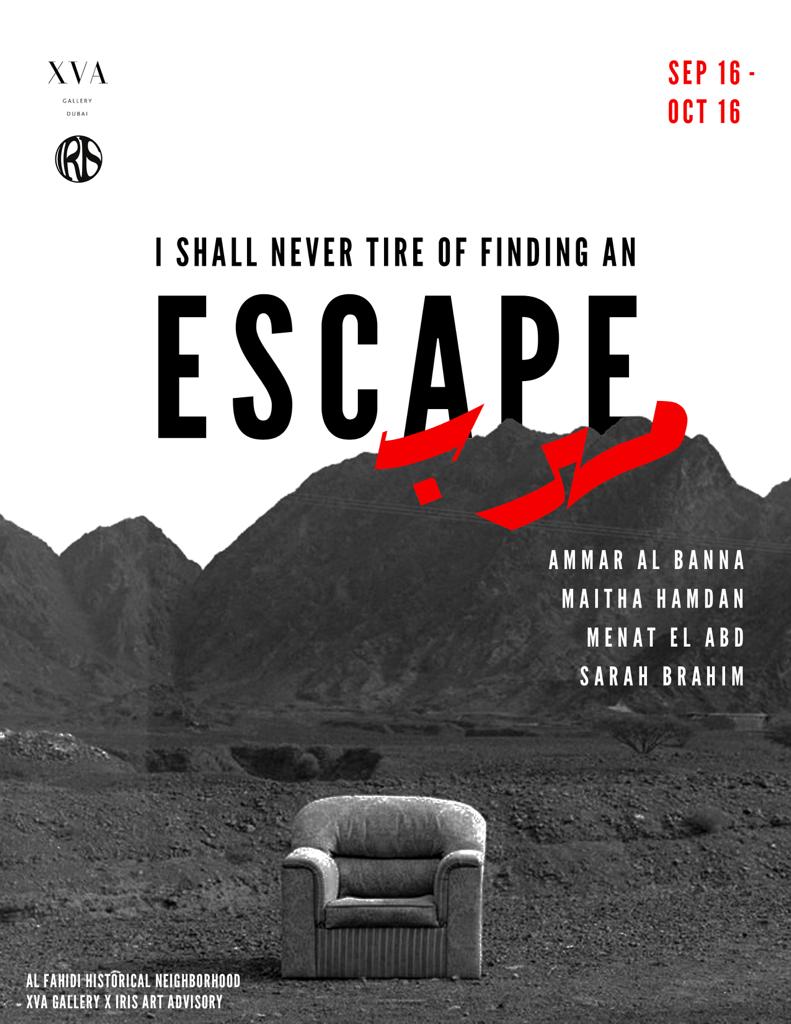Over the years of working with artists, I witnessed all kinds of transformations. However, Julia Utoplennikova’s case is special – here, something greater than mere stylistic evolution occurred. From commissioned portraits in a Siberian studio to abstractions that speak in the language of pure emotion, this journey resembles not so much development as a second birth.
Born in Tomsk in 1995, Utoplennikova studied design and applied arts at Tomsk State Pedagogical University. She painted commissioned portraits, collaborated with bars and restaurants, and created murals for Street Vision Agency. By 2021, she turned to oil abstraction. In 2022, she relocated to Thailand, where she experimented with digital art and animation (and where I first met Julia during an art research trip).


But instead of continuing this line forward, let us take a detour. A century back, to the 1920s.
Walter Ruttmann – painter, animator, filmmaker. His Opus films transformed abstraction into rhythm: colour fields flickering, colliding, breathing. Pure geometry became pulse, became organism. The lesson is simple but lasting: abstraction never stands still. Imagination animates it, drags metaphor out of it, and invents new senses as soon as you look.
And a century later, the question remains: what does abstraction do in contemporary art? It no longer claims purity, no longer insists on being separate from meaning. Instead, abstraction works as a hinge between sensation and thought, between gesture and metaphor. It is less about the perfection of form, more about the instability that allows images to become something else.
This is the field where Utoplennikova’s practice operates. Not puzzles of colour and shape. These paintings work first through sensation – colour pressing against colour, forms unsettled. Then comes the title, and suddenly the image aligns: a metaphor appears, sharp, almost too sharp. The delay matters. Feeling first, meaning after. It was during early showings at the House of Arts in Tomsk in 2022 and at Ecoart Studio the year before that this dynamic first became visible.

60 x 80 cm (2022)

40 x 60 cm (2022)
In Echo of Emotions the very idea risks sentimentality – emotions staged on canvas. But the painting interrupts itself: what could have been harmony becomes collision, what could have been clarity dissolves into hesitation. The title promises expression, the work delivers friction.
The Courage confronts a similar problem. To visualise bravery is almost impossible without clichés. Here, the strength lies not in heroic posture, but in the collapse of protection. Vulnerability is neither celebrated nor condemned; it appears as something awkward, unfinished, difficult to hold.
Melody of Connection moves closer to metaphor. Wheat-like forms reaching toward each other – a gesture so direct it nearly overstates itself. And yet the forms never meet. The painting insists that intimacy is partial, provisional, and always incomplete.
In Blooming Embrace, the danger of cliché is strongest. Flowers, spring, tenderness: the vocabulary of comfort. And still, within its softness, the painting performs as a counterpoint. Not every work must insist; some whisper, and in that restraint lies a different kind of force.

30 x 40 cm (2021)

Julia’s style resists completion. Portraits, murals, abstractions, digital shifts – each turn unsettles the last, leaves a residue. The work never fully stabilises; it carries its own contradictions forward.
I call this a tender revolution. A fragile method of keeping painting open, refusing to let form harden into certainty. What remains open is the question of what comes next. The practice keeps changing shape, each stage undoing the last, and the next turn may be as unexpected as the ones before.


